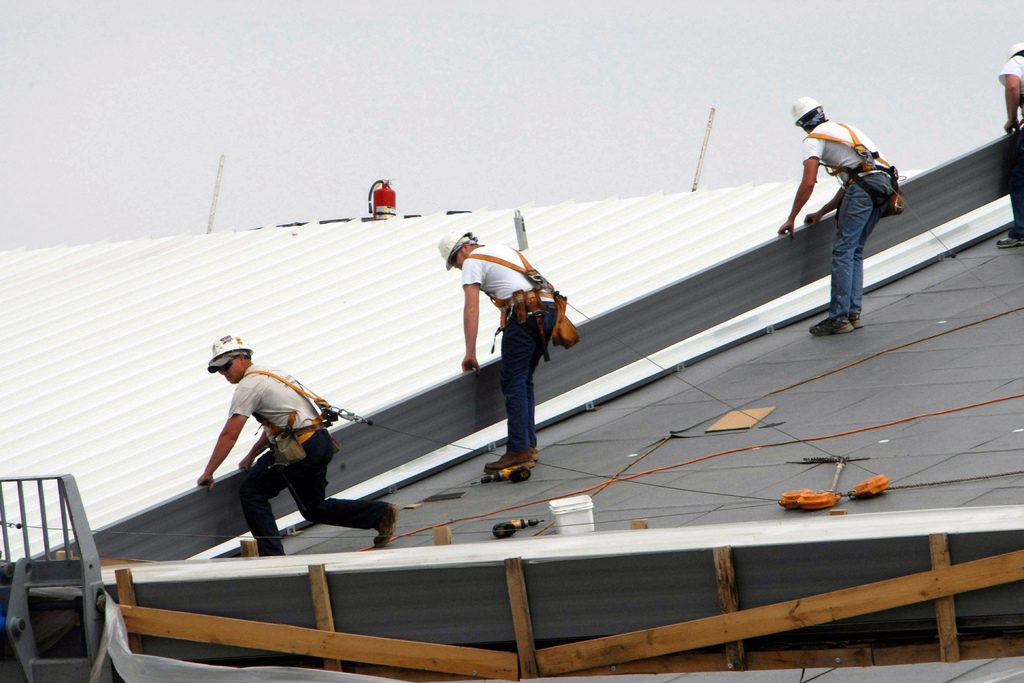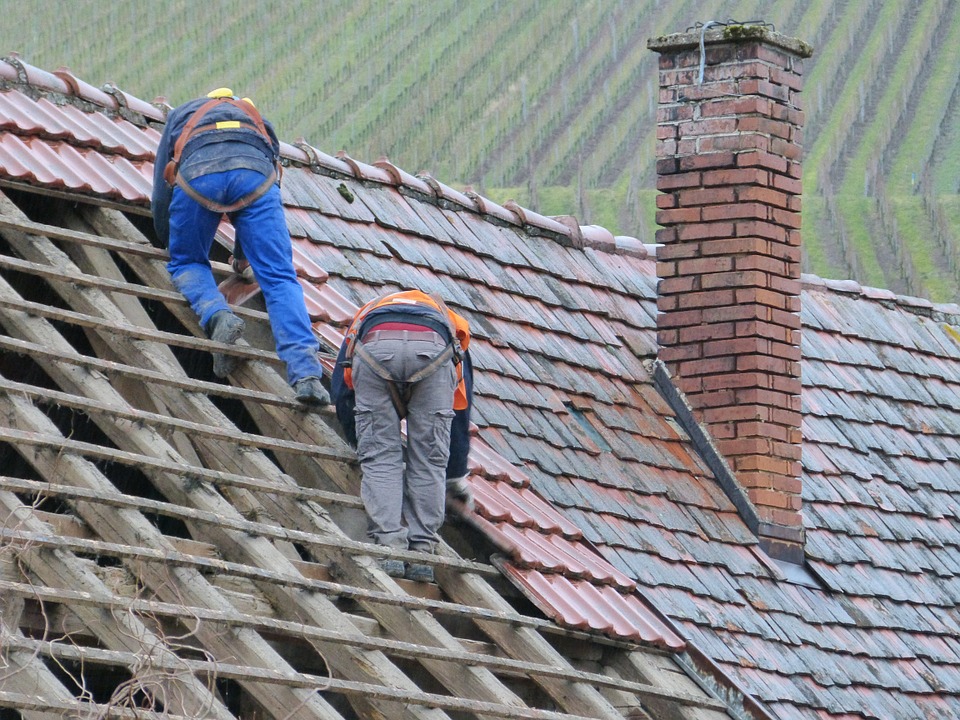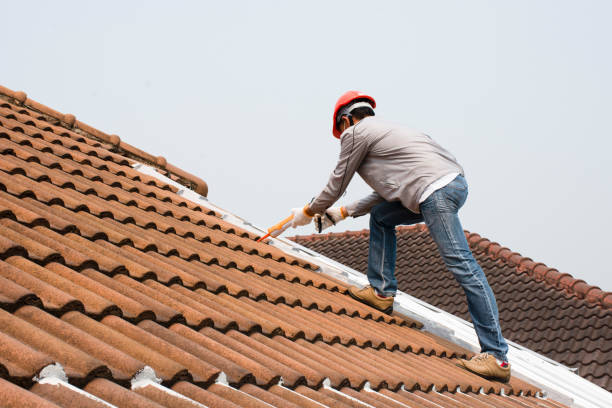Work with an professional Toledo Roofer for commercial roofing projects.
Work with an professional Toledo Roofer for commercial roofing projects.
Blog Article
How to Review Different Roof Options for Your Structure Needs
Evaluating roof covering choices for your structure calls for an extensive method that considers numerous elements such as the meant usage of the framework, local climate conditions, and material characteristics - Roofing Contractor. It is essential to evaluate the advantages and drawbacks of different roofing types, from asphalt tiles to metal and clay floor tiles, while additionally factoring in initial costs and long-term maintenance.
Analyzing Your Structure's Demands
To successfully review roof covering options, start by thoroughly analyzing your building's demands. Beginning by taking into consideration the building's meant use, as various frameworks may demand varying roof covering specs. Residential roofing systems often focus on looks and insulation, while industrial structures may concentrate on toughness and load-bearing ability.
Following, evaluate the local climate problems that will certainly impact roofing performance. Variables such as temperature level variations, rainfall degrees, and wind patterns can influence material choice and design. A roof covering system that succeeds in a temperate environment might not execute as well in locations prone to heavy snowfall or extreme warmth.
Furthermore, assess the structural stability of your structure. Make sure that the existing structure can support the selected roofing products, particularly if thinking about much heavier alternatives. It is additionally crucial to examine any regional building ordinance or regulations that might determine specific needs for roof covering systems.

Comparing Roof Covering Products
When a comprehensive analysis of your building's demands has been finished, the following action entails comparing various roofing products. Each product offers distinctive benefits and drawbacks, making it vital to align your choice with your details needs and scenarios.
Asphalt tiles are widely recognized for their cost and simplicity of installation, making them a prominent alternative for domestic structures. On the various other hand, metal roofing, understood for its sturdiness and durability, can endure rough weather condition problems yet might include a greater first financial investment.
Clay and concrete ceramic tiles supply superb thermal insulation and aesthetic charm, especially for Mediterranean-style design, yet they need an even more durable structural support due to their weight. Wood trembles offer a natural look and excellent insulation residential properties but may demand more maintenance and are susceptible to fire dangers.
Assessing Expense and Budget
Examining your roofing options necessitates a cautious analysis of price and budget plan factors to consider. The general budget plan for a roof project makes up a number of factors, consisting of material prices, labor expenditures, maintenance, and potential long-term savings. It is necessary to develop a clear budget prior to exploring specific roof materials, as this will guide the decision-making process and assist you stay clear of overspending.
Begin click by getting quotes from several professionals to comprehend labor costs in your area. Make certain that these price quotes include all necessary solutions, such as elimination of the old roof, setup, and any type of added features, like insulation original site or ventilation renovations - Roofing Contractor. Next off, evaluate the cost of different roofing products, taking into account both first setup prices and anticipated lifespan

Understanding Energy Performance
Energy efficiency plays a critical duty in the selection of roof covering materials and systems, substantially influencing both power usage and overall comfort within a building. An appropriate roof covering can enhance thermal performance, minimizing the demand for home heating and cooling systems, which consequently lowers energy costs and lessens environmental effect.
When assessing roof covering choices, take into consideration materials that show rather than soak up warm. Light or reflective roof covering products can substantially lower roofing surface area temperature levels, causing reduced energy usage during hot months. Additionally, proper insulation and air flow are important to optimize the power efficiency of the whole roof. Insulation protects against heat transfer, while air flow mitigates warmth buildup in the attic room area.
One more essential variable is the roof's durability and upkeep requirements. Resilient products Clicking Here that require less constant substitute add to long-term energy cost savings. The power effectiveness of a roof covering system can likewise be examined via its conformity with recognized sustainability scores such as ENERGY STAR or LEED.
Considering Visual Appeal
A roofing system's aesthetic allure substantially influences the overall look of a structure, enhancing its building style and boosting aesthetic appeal. Perrysburg Roofer. When examining roofing options, it is vital to take into consideration just how the chosen material, shade, and design will integrate with the existing structure and neighborhood. A well-designed roof covering can elevate also the simplest of buildings, transforming them into visual focal points
Different roof covering products supply various aesthetic high qualities. For instance, traditional roof shingles may evoke a traditional beauty, while steel roof covering can pass on a contemporary, streamlined look. Additionally, the shade of the roofing material plays an important function; lighter tones can make a building show up more sizable, while darker tones may produce a cozier ambiance.
Moreover, architectural components, such as dormers and eaves, can improve the roof's visual influence. It is suggested to seek advice from with specialist developers or architects to ensure the picked roof alternative lines up with the general style intent. Eventually, a roof covering ought to not only provide useful benefits but likewise contribute positively to the building's visual, mirroring the owner's preference and the character of the surrounding setting.
Final thought

Report this page